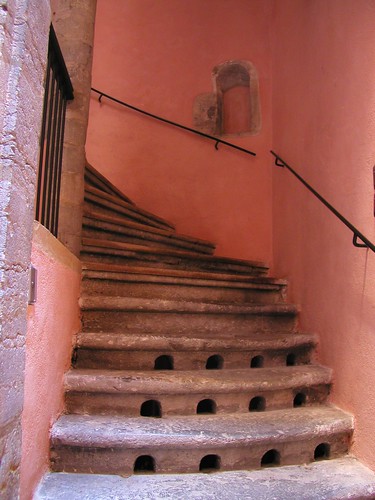
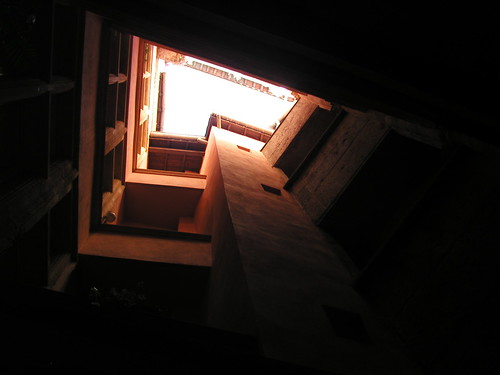
The first examples of traboules are thought to have been built in Lyon in the 4th century. Lacking water, the inhabitants moved to the banks of the Saône River where the traboules allowed them to quickly get from their homes to the river as well as allowed the silk workers on the La Croix-Rousse hill to get quickly from their workshops to the textile merchants at the foot of the hill. Thus, most of the traboules in Lyon are located primarily in the 'old city' (5th arrondissement) and the Croix Rousse (1st and 4th arrondissements).
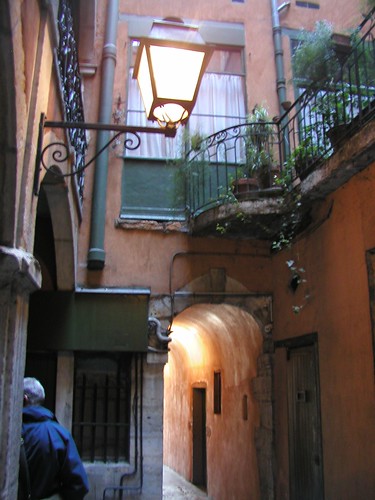
The layout of Vieux Lyon is such that there are very few connecting streets running perpendicular to the river. The traboules allowed workmen and craftsmen to transport clothes and other textiles through the city while remaining sheltered from inclement weather. For many inhabitants, being a "true Lyonnais" requires being knowledgeable about the city's traboules.
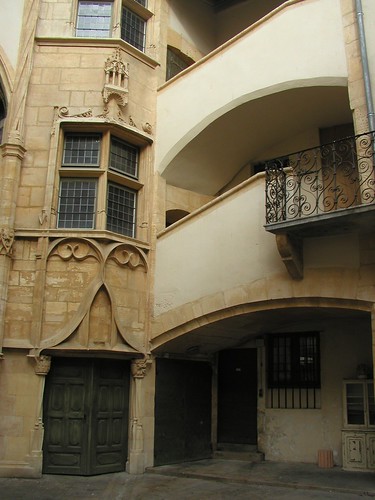
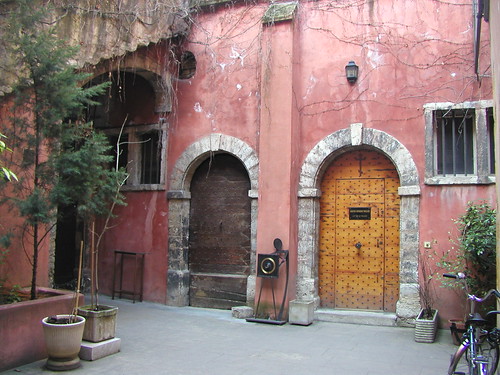
Nowadays, traboules are tourist attractions, and over forty are free and open to the public. Most traboules are on private property, serving as entrances to local apartments. Many, if not most, of the underground passages have been blocked off and are currently used as storage areas.
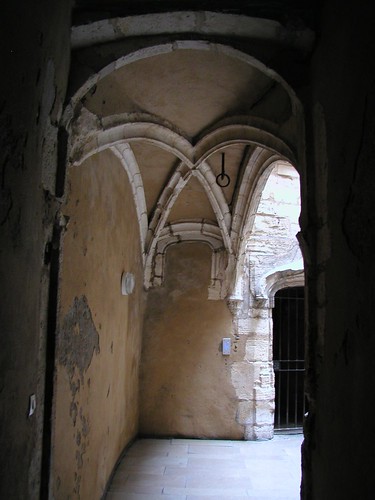
Interesting factoid: The traboules in Lyon are often credited with helping prevent the occupying Germans from taking complete control of Lyon during World War II as the local inhabitants scrambled through these narrow passageways, allowing resistance fighters to do great damage.
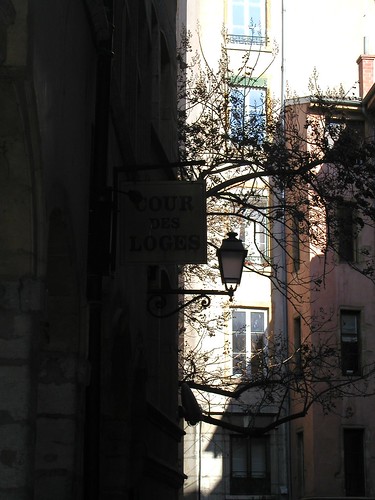


No comments:
Post a Comment